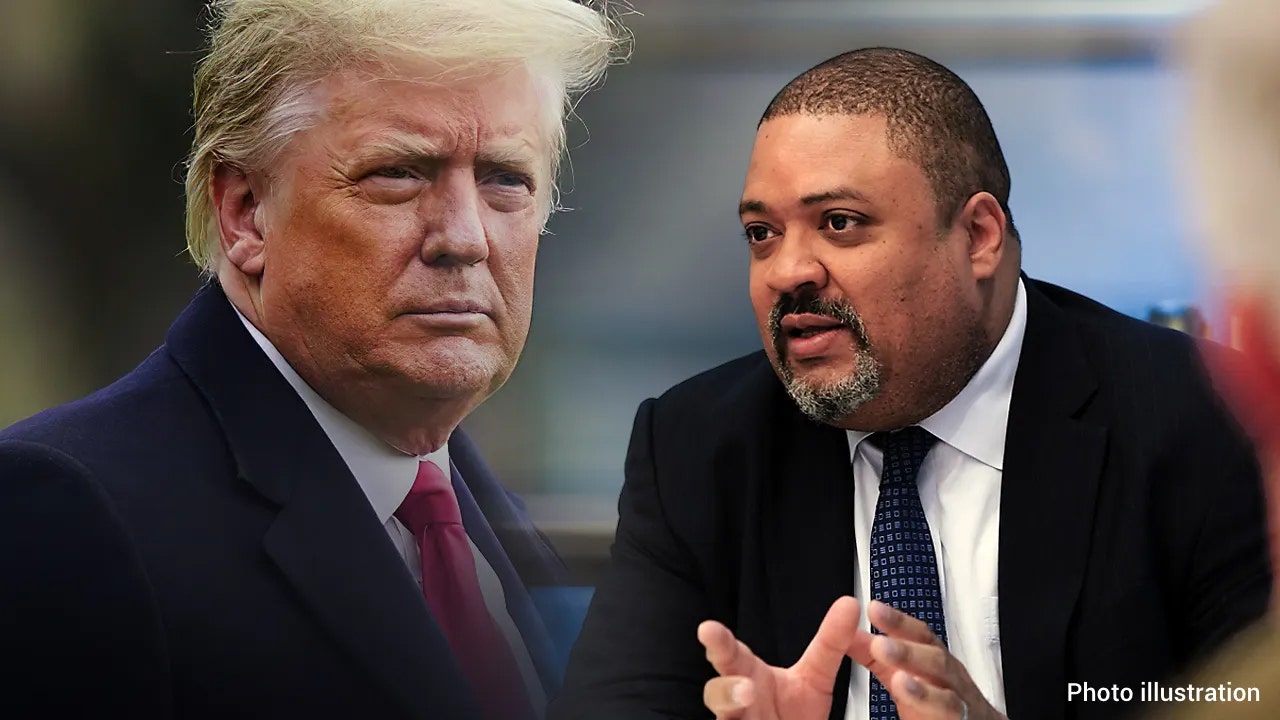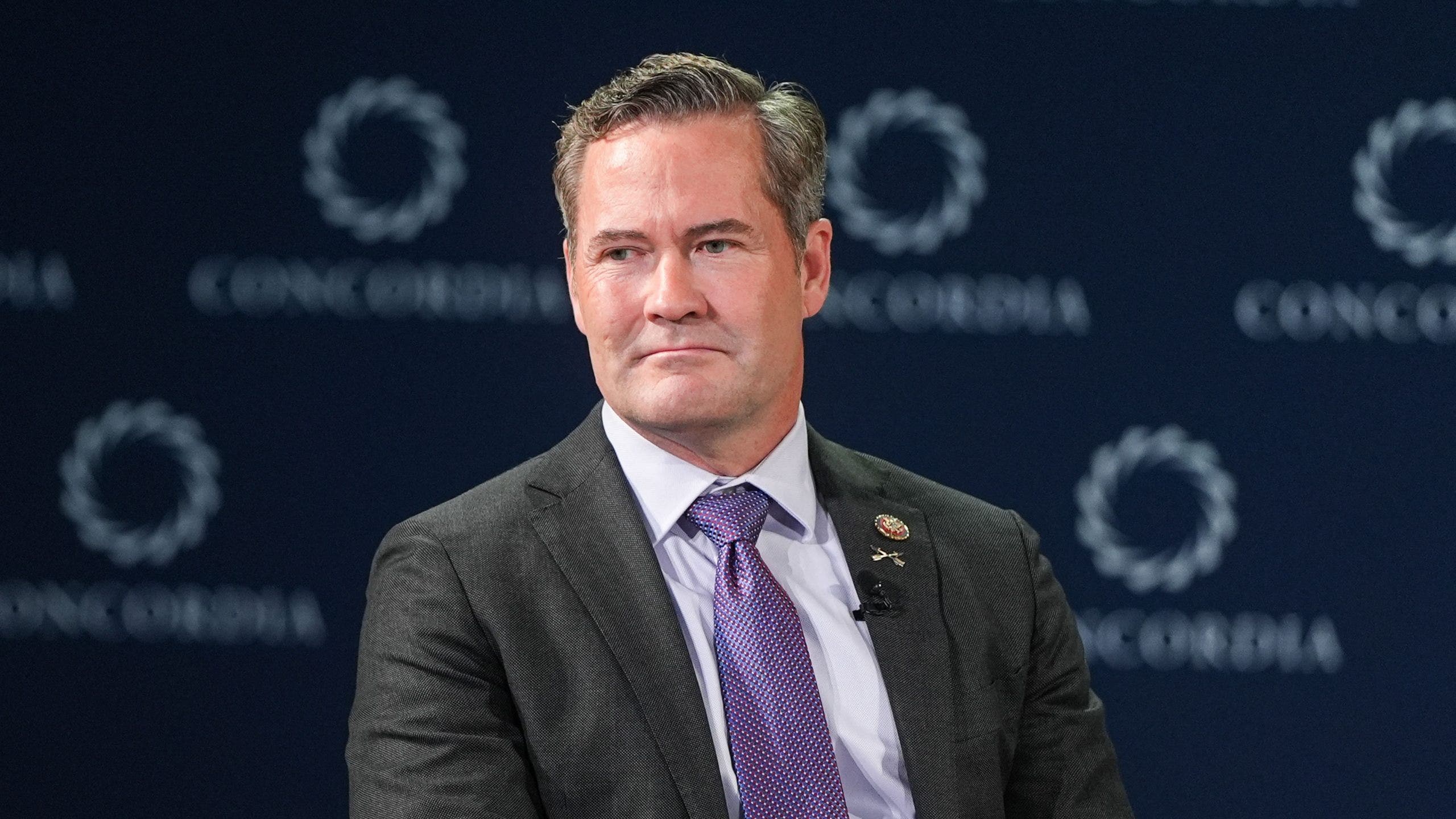November 19, 2024 2:52 PM ET
I came of age in the age of wokeness, the mid-2010s. Now, at the tail end of 2024, nearly a decade after I witnessed its rise in high school, wokeness seems to be in retreat — along with the liberals who self-servingly embraced it.
Growing up in Connecticut, I saw liberal culture flourish all my life. Owing to its proximity to both Boston and New York City, many of the liberals who manage our elite institutions, from the Ivy Leagues to the Wall Street banks, reside in Connecticut. At my public high school, which was pretty much a private school, the kids of these liberal elites were high-achieving strivers. They wanted to get into the very best schools like Harvard and Yale, Georgetown and Northwestern, or else the small liberal arts colleges that pepper the Northeast. They wanted to enter the ranks of the professions like banking, medicine and the arts. To aspire to anything else was considered odd. Gauche even. Some kids in my town took gap years, went into the trades and joined the military. But it was rare. The majority wanted to attend the highest-ranked college and enter the highest-status profession possible.
I remember the day my high school adopted pro-LGBT “safe space” mantras and, subsequently, how curriculums changed. It was the fall of 2015. I was a senior. My Latin teacher, who was gay and most certainly a liberal, posted a safe space sticker on his door. Not everyone took it seriously, though. My friend and I mocked the idea of safe spaces without fear of offending the teacher. If we got in trouble for talking during class or writing discreet jokes on the whiteboard, we would tell the teacher he couldn’t punish us because this was a safe space and we were triggered when he raised his voice. Yes, we were gremlins. The teacher was not much older than we were, and attempting to teach Latin in a way we thought was stupid, i.e., making it less about translating the classic works and more about having conversations with fellow students in Latin. Our old teacher was old-school, however, conservative not politically but in her teaching methods, and we wouldn’t dare cross her. A loveable version of the warden from “The Shawshank Redemption,” she retired in 2014. I sometimes wonder if she could see the writing on the wall — that her strict but effective way of teaching would soon be outlawed by the high school administrators and the parents whose children had their feelings hurt — how little 3 x 3 safe space stickers were ushering in an age of cancellations, DEI mandates, pronoun policing.

CAMBRIDGE, MA – FEBRUARY 17: University of Pennsylvania swimmer Lia Thomas looks on after swimming the 500 freestyle during the 2022 Ivy League Womens Swimming and Diving Championships at Blodgett Pool on February 17, 2022 in Cambridge, Massachusetts. (Photo by Kathryn Riley/Getty Images)
It has been nearly a decade since I was in high school and started applying to colleges, and things have changed a bit. Well, things were changing when I was younger, but it was harder to see then. The South is rising again, and its culture appears to be as influential, if not more so, than the elitist New England culture that has dominated America for over a century. The evidence is in the students ditching the expensive legacy schools and cities like New York for southern state schools, where tuition is cheaper and football, tailgates and luxury amenities are aplenty. The number of students from the North flocking down South to public schools increased by 30% between 2018 and 2022, according to The Wall Street Journal. In the past two decades, there was a whopping 84% increase in northern kids jumping a sinking ship for the South. There is also evidence of the South’s influence on music and the popularity of the country genre. Even pop star Beyonce made a country-themed album that seemed to contribute to an increase in cowboy boot sales. Save for Diddy’s exploits at his “white parties,” the biggest entertainment story in the past several months revolved around a country singer, Zach Bryan, and his very public breakup with Barstool Sports personality Brianna LaPaglia. I am no country or Barstool Sports fan, but I still got sucked into the drama. (RELATED: The South Rises Again, But Not For The Reasons You Think)
It’s hard to put a cultural shift into the numbers. You can’t really quantify it. Trying to use numbers takes away its allure and power, like trying to measure how much you love someone by calculating how many kisses you give them per hour. If anything, the best evidence is probably the election of Donald Trump, who represents the populist rebellion against elite tastemakers. Trump’s victory was a total rejection of the woke culture that had been brewing since the election of Barack Obama and exploded in the wake of Trump’s first win over Hillary Clinton. It reached its fever pitch around 2020, amid the first pandemic in a century and the death of George Floyd, a vagabond-turned-secular saint overnight. But now, no one cares much about George Floyd. He was a fad when Americans were enraptured in the spell of wokeness.

TOPSHOT – Former US President and Republican presidential candidate Donald Trump speaks during an election night event at the West Palm Beach Convention Center in West Palm Beach, Florida, on November 6, 2024. Republican former president Donald Trump closed in on a new term in the White House early November 6, 2024, just needing a handful of electoral votes to defeat Democratic Vice President Kamala Harris. (Photo by Jim WATSON / AFP) (Photo by JIM WATSON/AFP via Getty Images)
Even the general idea of being woke and embracing progressive identity politics is no longer cool. The fad is over. Wokeness seeped its way into America’s most powerful corporations, making it far less edgy and way more dreary, bureaucratic and conformist. No cool young person is itching to send themselves into exile at a liberal arts college in Maine to study gender identity for $70,000 a year. If they’re normal, they want to go South, to a state school, to tailgate and drink beer and crack politically incorrect jokes and openly support Trump without facing a woke struggle session from purple-haired they/them’s. If they’re artsy, they want to make non-political art and write literature that isn’t about the struggles of a gay black kid growing up in the suburbs. Instead of more woke Netflix schlock, young filmmakers aspire to the quality of A24 movies and look up to Christopher Nolan as the apogee of big studio directors. If young people still want to build a career through an elite institution, they no longer have to conform to woke orthodoxy and virtue signal for the HR departments. Increasingly, corporations are scrapping their diversity mandates altogether. You don’t have to impress the DEI officer at the bank if you want to climb the ladder, because DEI officers are dropping like flies left and right.
All this to say, wokeness is not dead and gone forever. This particular spell — roughly a decade — may just be a short chapter in the long story of religion, and religion doesn’t die so easily. Wokeness had every quality of religion. In fact, it had every quality of Christianity, but in a secular form, with new rituals and new victims: people of color and transgenders. It had its high priests, the clergy: the anointed few, the academics and anti-racist scholars who preached in a cultish jargon. It had its die-hard believers, the white liberals who literally prostrated themselves — as in, got down on a knee — for a random black guy killed by a cop.
Whatever comes next might be worse. Maybe in the 2030s, a new generation of HR scolds with pronouns in their LinkedIn will filter into America’s largest corporations and academic institutions and relaunch their war against straight white men, humor and apolitical art. But even if they return and a new progressive cult emerges, the theory that history moves in one direction, the “moral arc” bending toward the Left’s idea of justice, is dead for good. The re-election of Trump and the South’s return cuts against the entire worldview that wokeness was the final stop in history. It’s all a circle, and for now, the non-woke side is winning.









